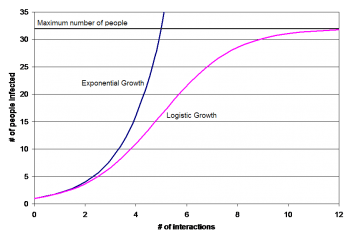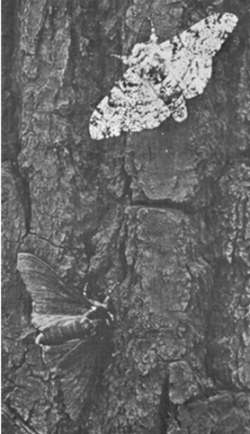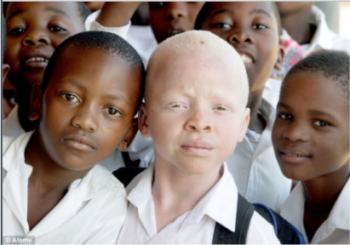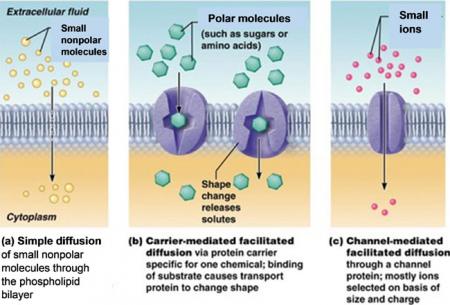
To begin this hands-on, minds-on activity, students learn that different versions of a gene give the instructions for making different versions of a clotting protein, which result in normal blood clotting or hemophilia.
Then, students learn how genes provide the instructions for making a protein via the processes of transcription and translation. They develop an understanding of the roles of RNA polymerase, the base-pairing rules, mRNA, tRNA and ribosomes.
Finally, students use their learning about transcription and translation to understand how a change in a single nucleotide in the hemoglobin gene can result in sickle cell anemia.
Throughout, students use the information in brief explanations, figures and videos to answer analysis and discussion questions. In addition, students use simple paper models to simulate the processes of transcription and translation.
An alternative version omits the paper models (How Genes Can Cause Disease – Understanding Transcription and Translation).
Download Student Handout: PDF format or Word format

 © Serendip® 1994 - All rights reserved. Privacy Policy
© Serendip® 1994 - All rights reserved. Privacy Policy
 First, students analyze a hypothetical example of exponential growth in the number of infected individuals.
First, students analyze a hypothetical example of exponential growth in the number of infected individuals. In this minds-on, hands-on activity, students develop their understanding of natural selection by analyzing specific examples and carrying out a simulation. The questions in the first section introduce students to the basic process of natural selection, including key concepts and vocabulary.
In this minds-on, hands-on activity, students develop their understanding of natural selection by analyzing specific examples and carrying out a simulation. The questions in the first section introduce students to the basic process of natural selection, including key concepts and vocabulary.




 In the lab,
In the lab, 









